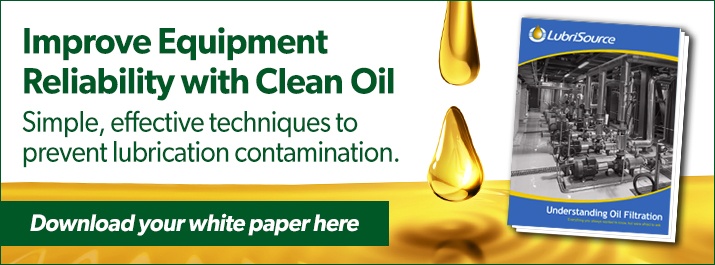
They say an ounce of prevention is worth a pound of cure, and there is perhaps no place that is truer than in the lubrication industry. That's why it's important to learn proper lubricant and oil storage techniques. Though it is sometimes easy to overlook or deem proper storage a low priority, taking a few easy steps now goes a long way in preserving your materials and preventing degradation in the future.
Properly storing your industrial lubricants provides many benefits. They will last longer, making them more cost-efficient and reducing how many times they need purchasing. Moreover, new oils, lubricants, and other chemicals get introduced into the workplace regularly. Sometimes they get introduced without a complete and thorough explanation of their effects or how they will react when coming into contact with other substances. In light of this, it falls upon the workers to maintain safe working habits.
With that in mind, here are several ways you can maintain proper lubricant and oil storage:
Identifying and tagging industrial lubricants
A very simple yet crucial step is keeping an accurate record of all your materials and clearly labeling each of them. Doing this can prevent headaches down the road and avoid potential mishaps. Accurate labeling and identification is critical because many oils, greases and other liquids appear similar to the human eye. If a substance is potentially hazardous, then clearly relaying this information is extremely important!
On top of that, it is possible that these materials may lie in storage for extended periods of time. The people who first processed the intake of new lubricants may no longer work at your facility by the time a material needs moving. Making accessible, legible and complete records of your items reduces confusion and ensures that everyone is operating with the correct information.
Color-coded containers
Distinguishing your lubricants doesn’t have to be complicated. Developing a color-coding system is an easy, useful, cost-effective way to organize all your different oils, lubricants, and other substances. A certain color, such as red, works well in specifically identifying substances that are potentially hazardous and require careful handling.
Keep in mind, however, that colors can fade or degrade over time and that some individuals are colorblind. Simply updating the colors and adding an additional distinguishing mark (a simple number-based code, for example) helps clear up these issues.
Keeping a healthy lubricant and oil storage space
There are some key things to keep in mind when storing your materials. Generally, drums and other containers are best kept in a dry indoor environment that is at a stable, moderate temperature.
However, sometimes the ideal level of storage is too costly or otherwise unavailable. That's when people often turn to outdoor storage as a solution. Outdoor storage is less preferable to indoor since it is much more susceptible to the elements and other natural phenomena. Extreme variation in temperature, exposure to particulates, and other problems can contaminate and degrade your lubricant quality. Doing whatever you can to shelter your materials and protect them will help minimize the risks while using outdoor storage.
Although it may seem counterintuitive, there is, in fact, such a thing as storing for too long. Even in the best storage conditions, a material will nevertheless eventually go bad. By keeping track of expiration dates and not purchasing any more product than is necessary, you help ensure nothing goes to waste.
Reducing contamination
It is difficult to stress this too much. Proper storage prevents common causes of contamination such as humidity and other atmospheric effects, dust and other particulates as well as unintended mixing of lubricants. It also helps ensure you are not keeping products beyond their intended shelf life. Regularly cleaning your storage area along with the rest of the workplace is an equally vital task.
LubriSource has all the information you need on proper care for oil and lubricants. For details and to learn more, feel free to contact us anytime. We're here to help make things as smooth as possible!








